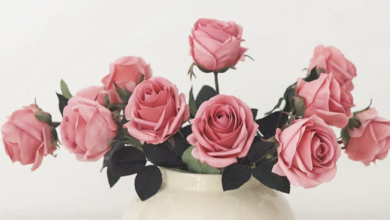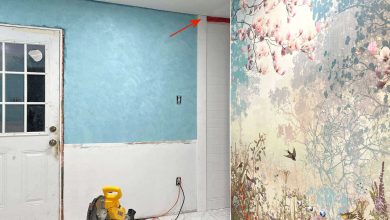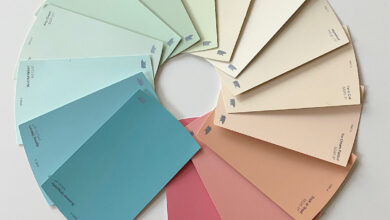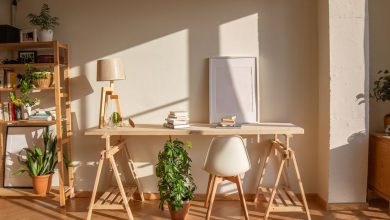Tips on Water, Light and Soil for Ficus Elastica

[ad_1]
The rubber tree plant, which is also known as ficus elastica, is native to Southeast Asia, Indonesia and southern China. Perfect for indoors, this popular tree has shiny oval-shaped leaves that boast a dark green color. This fast-growing houseplant can reach anywhere from 6 to 10 feet tall indoors — the perfect height for making a design statement in just about any space. In order to help them adapt to their indoor environment swiftly without any issues, it’s ideal to purchase them when they’re young.
“Rubber trees have been a staple for decades — and for good reason,” says Christopher Satch, The Plant Doctor at Horti, a houseplant subscription service. “They have a wide range of conditions that they tolerate, they grow fairly quickly when in good conditions, and they can bounce back pretty fast if you happen to mess up their care routine.”
⚠️ Take note: The rubber tree plant’s sap can be toxic to pets and humans as it contains latex. It’s important to wear gardening gloves when handling your rubber tree plant and be sure to wash the area immediately if any sap gets on you or your pets.
Rubber Tree Plant Care Tips
Watering
The best thing you can do for a rubber plant is to ensure that it doesn’t sit in water, as this can lead to root rot. “Watering depends on how fast the soil dries in your home, so check the soil every few days,” Satch says. If you notice that it happens to be dry, then you can proceed to water your plant. “Depending on the season, you may be watering as often as every 3 days, or as sparsely as every 8 days,” he says. Misting the leaves is also a good idea when the air is dry.
Sunlight
Lots of bright, indirect light is ideal for rubber plants. Consider placing one near a window with sheer drapes that allow sunlight to filter through. A grow light is worth considering as well if your home has less than ideal lighting conditions.
Fertilizer
During the growing season, this easy-to-care for plant benefits from high phosphorus fertilizer to promote healthy root growth.
Common Problems With Rubber Tree Plants to Avoid
- Curling leaves: Watering too much or too little.
- Brown leaves: Your plant may be too cold and needs to be moved to a warmer area in your home.
- Leaf drop: Due to insufficient light, cold drafts and even pests like mealybugs and spider mites.
- Sap: The rubber plant’s milky sap contains a compound called caoutchouc, which can cause allergic skin reactions. It can also be poisonous to people and animals. Be sure to keep them away from small children.
- Dust: Satch recommends wiping dusty leaves with a moistened cloth or paper towel. “You can even dry wipe them before wet wiping to prevent any dusk gunk that can form,” he adds.
Repotting Rubber Tree Plants
Rubber plants dislike being rootbound so the time will come when repotting it is necessary. Here’s Satch’s advice: “When you buy the plant, it’s sold in a greenhouse pot. Repot in a pot that is 1-2” larger in diameter to give room for the roots to grow (and the roots support the shoots!) within 2 weeks of acquiring the plant. As the plant grows, repot it when the height is about 2-3 times the height of the pot.”
This content is created and maintained by a third party, and imported onto this page to help users provide their email addresses. You may be able to find more information about this and similar content at piano.io
[ad_2]
Source link






